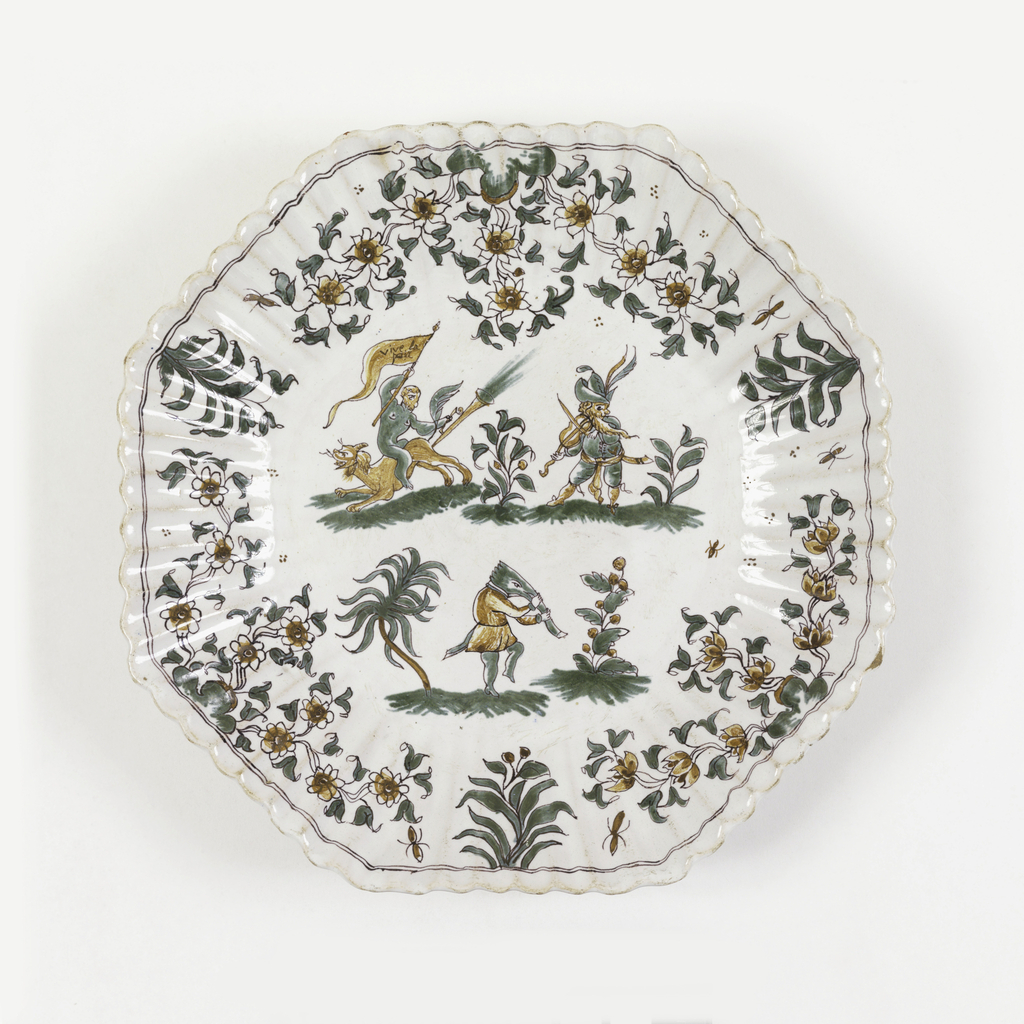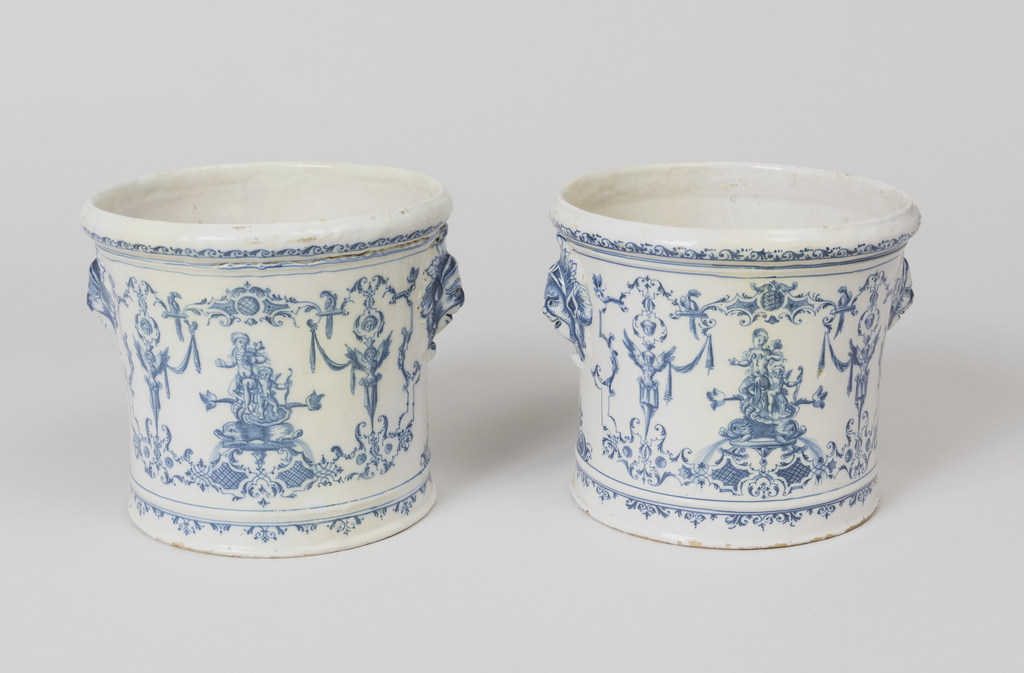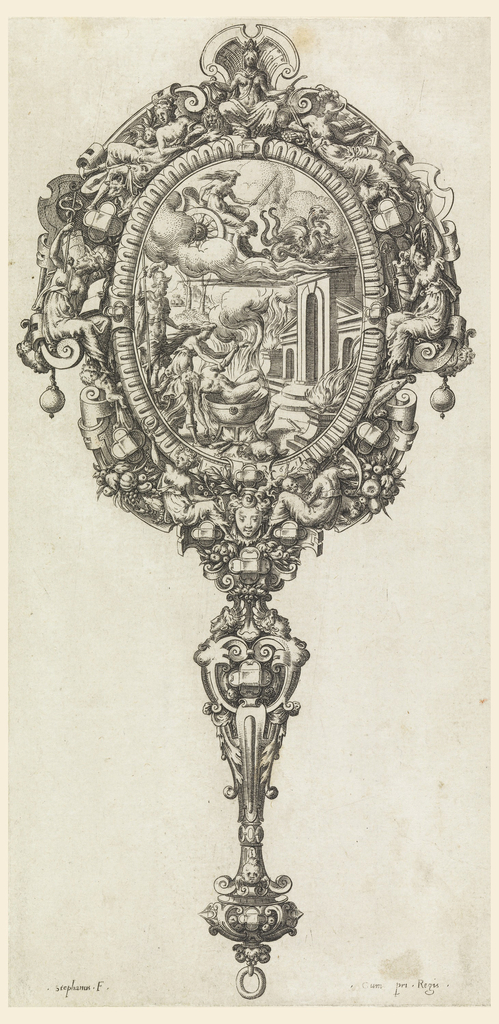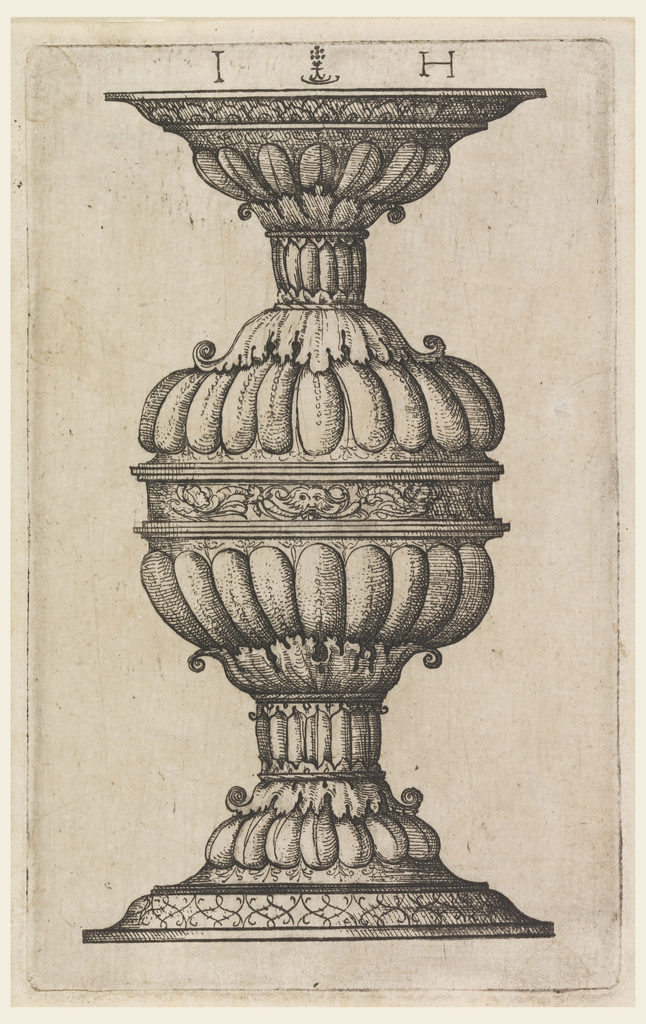This Object of the Day celebrates one of many treasured objects given by Clare and Eugene V. Thaw to Cooper Hewitt, Smithsonian Design Museum. It is published here in memory of Eugene V. Thaw. Click on this link to read more about the Thaws and their gifts to Cooper Hewitt. The so-called “grotesque” style of decoration developed...
In the days before under-counter wine fridges, seaux à bouteilles, buckets made of earthenware or porcelain, were filled with ice water and used to keep bottles of wine cool. Their use continues to this day in the form of metal ice buckets used to keep white wine chilled table-side at fancy restaurants. When these objects were made,...
Sixteenth-century Europe saw, with the apogee of humanism, the reactivation of intellectual and creative energies towards classical antiquity, through which the decorative arts flourished. Designs were highly imaginative, with increasingly complicated, fantastical motifs, in which material opulence coexisted with humanist knowledge in the form of historical and mythological themes.[1] A case in point is this...
In 16th century Germany, the popularity of Doppelpokal, better known as double goblets or cups, and the taste for elegant, classicized forms are reflected in this small print by Hieronymus Hopfer (German, active ca. 1520-1530). As the ancestors of wine glasses, double cups, which fit over each other at the rim, were intended for ceremonial...
Lecture by Sarah Grant, Curator in the Word and Image department of London’s Victoria & Albert Museum. Talk given in conjunction with the exhibition ‘Fragile Beasts’ (on view at Cooper Hewitt June 10, 2016 through January 16, 2017). In this talk Sarah Grant gives an overview of the grotesque in all its many fanciful and...




